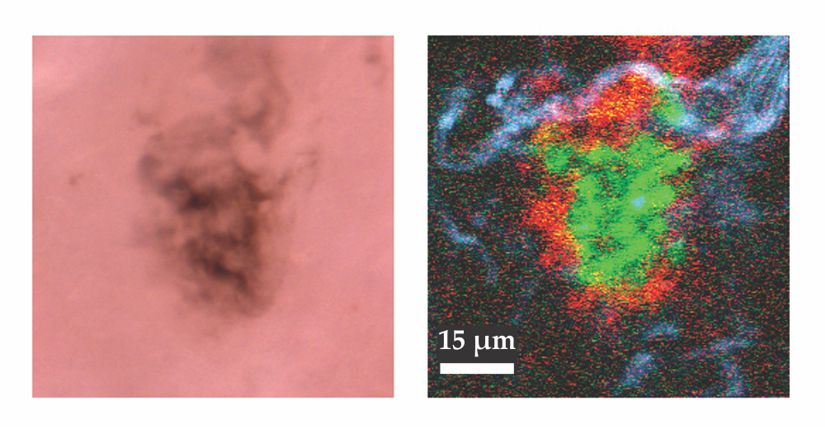Optical pump-probe diagnosis for melanoma?
DOI: 10.1063/PT.3.1154
Optical pump-probe diagnosis for melanoma? Whether rosy or rich, the color of human skin comes from a pigment called melanin, which occurs in two forms: Pheomelanin acts as a photosensitizer for UV radiation, while eumelanin has a protective role against light and seems to be overabundant in melanoma, a dangerous form of skin cancer. Melanoma is typically diagnosed by removing a lesion and examining it microscopically, layer by layer. Several noninvasive imaging techniques have been explored to detect the cancer, but they lack the molecular specificity needed to distinguish the two melanins. Enter researchers from Duke University who address that shortcoming with a nonlinear optical pump–probe technique. They excite the molecules with an ultrafast laser pulse and, after a varying time delay, measure the absorption of a second pulse—the probe. The contrast between the two melanins arises from their different time-delay absorption profiles. The white-light image on the left shows a melanoma lesion on human skin grafted onto a live mouse. The false-color image on the right, taken at a depth of 45 µm with the new technique, shows eumelanin in red, pheomelanin in green, and multiphoton fluorescence in blue. Previously the group used this method to image the tiny blood vessels in a mouse’s ear. Such architectural views of skin coupled with the new functional mapping could provide the basis for a useful noninvasive diagnostic and screening method, particularly when removing tissue is problematic—as with melanoma in the eye. (


